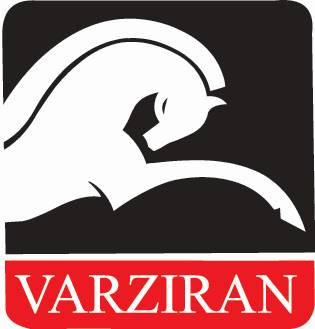An overview of the history of prefabricated waterproofing:
Protecting buildings from moisture has been a human concern throughout history, and bitumen with its exceptional sealing properties has undoubtedly been one of the most important discoveries of antiquity in the last 50 years with the advent of prefabricated waterproofing based on knowledge and technology for safety. Structures against moisture and due to the advantages of prefabricated waterproofing, traditional insulation gradually gave way to them, which was marketed for the first time in Iran under the brand name Isogum, and therefore among the general public with this name is known.
Types of prefabricated waterproofing based on the type of bitumen:
1) Insulations made with polymer bitumen: The main element of these insulations is 70-60 pure bitumen modified with polymer.
A) Elastic polymer insulation: In these insulations, SBS polymer (styrene-butadiene-styrene), which is the best known bitumen modifier in the world, is used to modify the properties of bitumen.
B) Plastic polymer insulation: In these insulations to improve the properties of bitumen, APP polymer (polypropylene adhesive) is used, which is much lower quality compared to elastic polymers.
2) Insulations made with blown bitumen: The main component of these insulators is oxidized bitumen and have lower quality, durability and longevity than polymer insulations and are in a lower category.
Division of waterproofing based on the reinforcing layer used:
1) Single layer insulation: In these insulations, to strengthen the insulation membrane, non-woven and thick polyester spunbond or thermobond is used, which gives more elegance and strength to the insulation.
2) Double-layer insulation: In these insulations, a layer of thin polyester fibers and a layer of glass fibers are used to strengthen the insulation membrane, which have less strength and durability compared to single-layer insulation and are in a lower category.
Classification of waterproofing based on the final procedure:
Depending on the application of insulation in different parts of the building, the final procedure can be varied:
1) Waterproofing with aluminum foil surface
2) Waterproofing with patterned aluminum surface
3) Waterproofing with polyethylene film surface (simple)
4) Waterproofing with silica powder and gravel surface
Insulation classification based on the climate of the place of use:
– Especially in cold regions up to a minimum temperature of -15 degrees Celsius should have flexibility.
– Especially for temperate regions, type C up to a minimum temperature of -5 ° C should be flexible.
– Especially for temperate regions, type H up to 0 ° C should have flexibility.
– Tropical areas should have flexibility up to a minimum temperature of +5 degrees Celsius.
| Product Type | Unit | VarzFlex® | VarzPlast® Gold | VarzPlast® Silver | VarzPlast® Bronze |
| Modify Bitumen | – | SBS Polymer | SBS & APP Polymer | SBS & APP Polymer | APP Polymer |
| Reinforcement | – | Polyester 230 gr | Polyester 140 gr | Two Layer Fiber Glass & Polyester | Two Layer Fiber Glass & Polyester |
| Regional Application | – | Cold Region | Moderate Region | Moderate Region | Moderate Region |
| Thickness | mm | 4 | 4 | 3.8 | 3.7 |
| Length | m | 10 | 10 | 10 | 10 |
| Width | m | 1 | 1 | 1 | 1 |
| Tensile Strength | N/5cm | 65/80 | 60/75 | 50/55 | 35/45 |
| Elongation | % | 60/45 | 50/40 | 30/30 | 30/30 |
| Tear Strength | N | 25/25 | 20/20 | 12/15 | 12/15 |
| Cold Bending | °C | -25 | -10 | -5 | 0 |
| Thermal Stability | °C | 110 | 110 | 110 | 130 |
